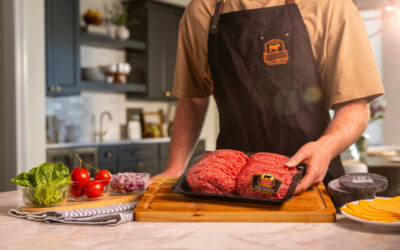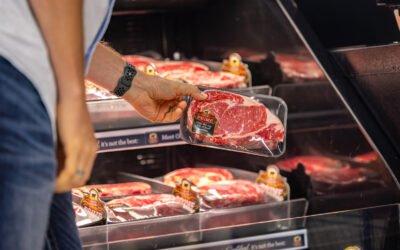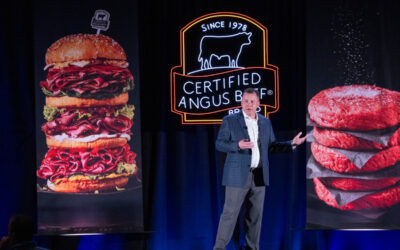
Topping the market
I put down the phone after a lengthy conversation with Ron Hale, an analyst for Professional Cattle Consultants, about the premiums paid for feeder cattle.

He looks at millions of head of data. He crunches numbers and he knows a thing or two about this feedlot business. We’d talked about which cattle deserve a little extra in the auction ring and about how hard it is to correctly identify which ones really are worth more. That’s all covered in the article I was interviewing him for ( “Market-toppers need proof”) but this quote resonated long after that call:
“That doesn’t mean feedlots don’t buy poor quality cattle, but when they do, they buy them at a discount.”
Huh, sounds like the perfect comment to back me up on this one:
Myth—Feeders just pay their target price for cattle, whether they’re worth more or not.
Fact—Feeders and order buyers are constantly making decisions of value based on how they predict cattle will do in three main categories: gain, grade and health.
That particular PCC work that Ron and I were discussing showed four quartiles, ranging from a “heavy discount” group that averaged -$20.90 to a heavy premium at $12.37.
We know there are various traits that fetch more at the auction barn, like health, muscle tone and breed type. Researchers across the country have studied this, and we’ve written about it again and again.
We know about the advantage that known Angus genetics have over their counterparts because we’ve got an ongoing “Here’s the Premium” study. The last data collected in fall 2010 revealed Angus steers brought $6.32 per hundredweight (cwt.) more than their non-Angus counterparts.
But rather than tell you what we know, let Tom Brink, with one of the nation’s largest cattle feeders, tell you what he knows. What type of cattle do they pay more for (and why)?
May your bottom line be filled with black ink,
Miranda
You may also like
Success, Despite Challenges
Today’s market is complex and competitive. The collective effort of stakeholders across the supply chain positions Certified Angus Beef to meet the record demand for premium beef moving forward. Signals across the beef industry are clear and Angus farmers and ranchers seeking high-quality genetics that deliver premium beef are producing a product in high demand.
CAB Sets Sales Records, Sees Historically High Brand Acceptance Rates
In an otherwise tough time in the beef business, sales and supply records have been a bright spot. The positive numbers mean that quality beef production has not let up, and beef demand is holding. Consumers have proven the value proposition: the good stuff is worth a little more money, for a better eating experience.
Making Sense of Supply, Pricing and Navigating the Market
Amid anticipated shifts in cattle supply and evolving market dynamics, CAB remains well-positioned to navigate the beef sales road ahead. Clint Walenciak addressed how producer profitability, strategic specification adjustments, and resilient demand will help stabilize the brand’s beef supply chain through herd size and pricing shifts in 2025 and beyond.



